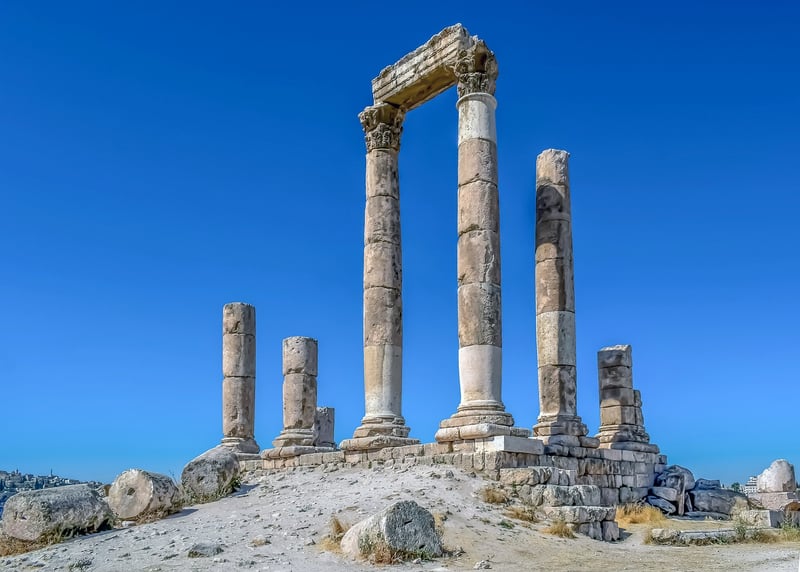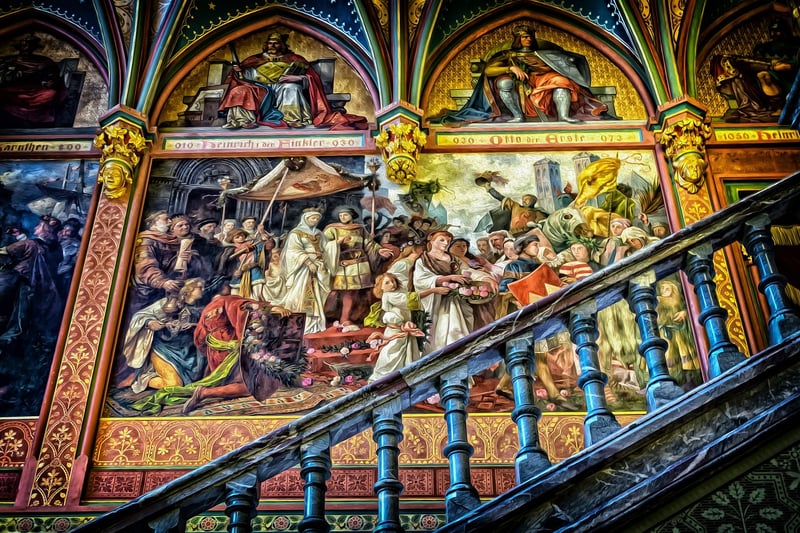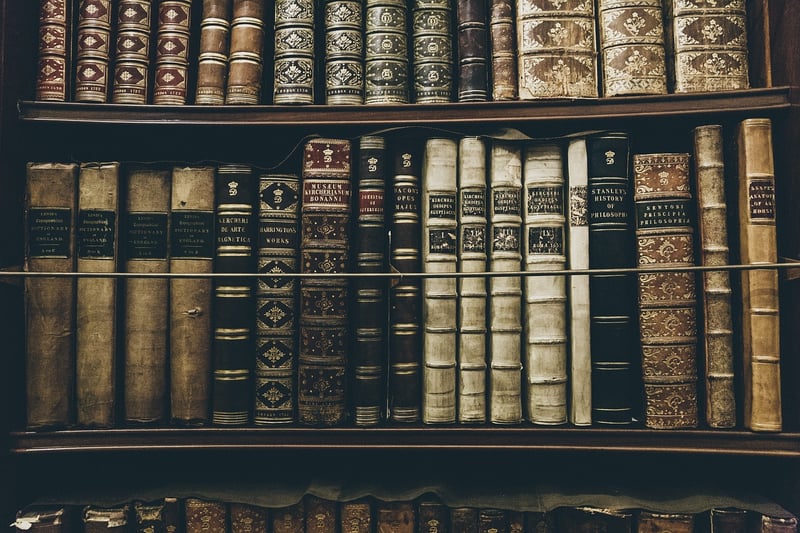Preserving History
The Intersection of Moral Considerations and Preserving History
Preserving history is not just about maintaining artifacts and monuments; it also involves navigating complex moral considerations. The intersection of these two aspects raises crucial questions about how we choose to remember the past and the values we uphold in the present. Let's delve deeper into this intricate relationship.
Understanding the Moral Imperative
Preserving historical sites and artifacts is often seen as a moral imperative. These remnants of the past serve as tangible links to where we came from, helping us understand different cultures, traditions, and events that have shaped our world. By safeguarding these pieces of history, we honor the lives and stories of those who came before us.
Challenges in Preserving History
However, the preservation of history is not without its challenges. For instance, some historical sites may be associated with painful events or ideologies that conflict with contemporary moral standards. Deciding whether to conserve, modify, or even remove such sites requires a delicate balance between respecting history and acknowledging the harm they represent.
Reconciliation and Education
One approach to addressing these ethical dilemmas is through reconciliation and education. Rather than erasing uncomfortable aspects of history, we can use them as opportunities to educate future generations about the complexities of the past. By contextualizing historical events within their moral framework, we can promote understanding and empathy.
Embracing Diversity and Inclusivity
Preserving history should also reflect our commitment to diversity and inclusivity. By amplifying marginalized voices and narratives that have been historically overlooked, we enrich our understanding of the past and present. This inclusive approach helps create a more equitable and just society.
Conclusion
As we navigate the intersection of moral considerations and preserving history, we must approach these challenges with sensitivity and thoughtfulness. By upholding ethical principles, promoting education, and embracing diversity, we can ensure that our preservation efforts not only protect the past but also shape a more enlightened future.


